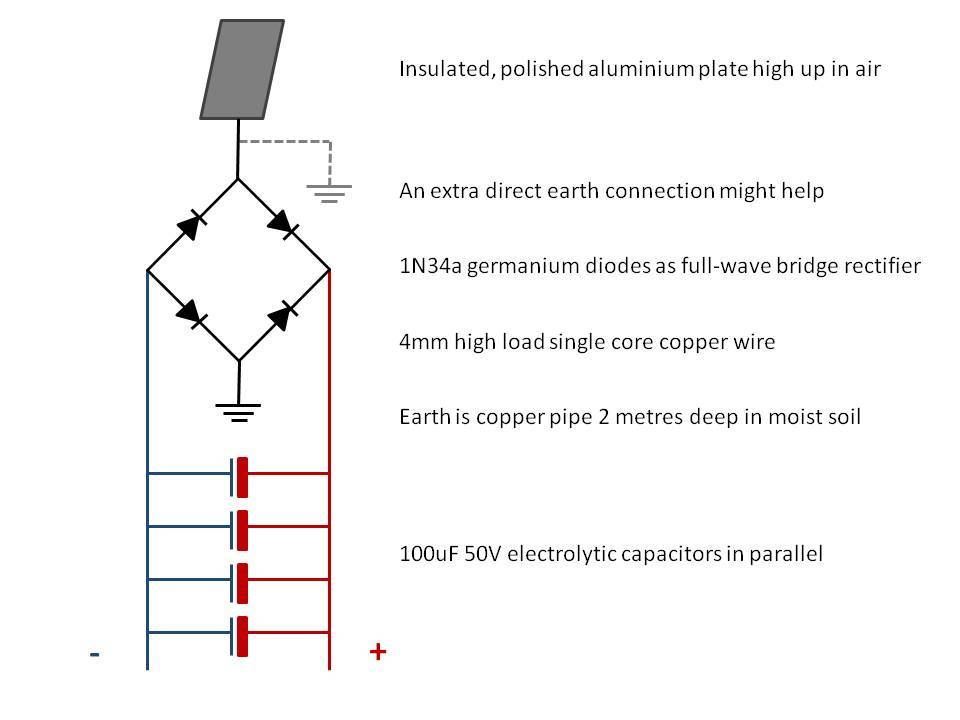Solar Wind and X-rays
Due to an old family friend's death I didn' go out of town yet. I ran the other four days of data for the solarwind/xray/voltage readings and they are pretty close. Not exact but close. I only have hourly readings and the correlation works out to plus or minus an hour. There are a few outliers that don't fit the theory - 5 out of 86.
After thinkling about it I realised its probably not the xrays and gamma rays that I'm picking up in my plate but their interaction with the atmosphere probably releases secondary or tertiary charged particles that are being picked up by the elevated, insulated plate.
More to think about.
Due to an old family friend's death I didn' go out of town yet. I ran the other four days of data for the solarwind/xray/voltage readings and they are pretty close. Not exact but close. I only have hourly readings and the correlation works out to plus or minus an hour. There are a few outliers that don't fit the theory - 5 out of 86.
After thinkling about it I realised its probably not the xrays and gamma rays that I'm picking up in my plate but their interaction with the atmosphere probably releases secondary or tertiary charged particles that are being picked up by the elevated, insulated plate.
More to think about.






Comment